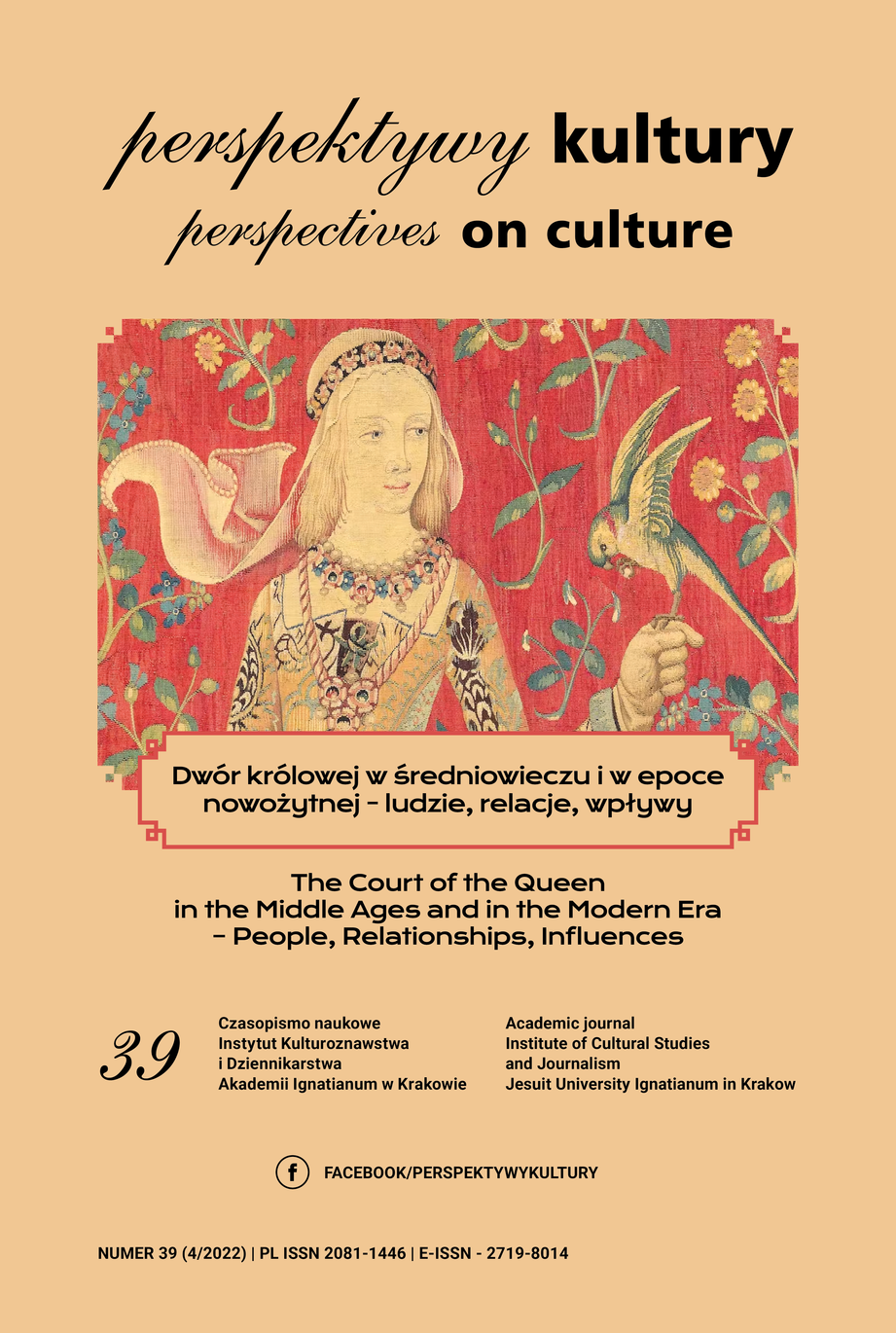Cultural Tourism in Cyberspace
A Contribution to the Subject
Abstract
Today, advanced digital technology allows people to immerse themselves in the meanders of virtual worlds simulating real reality. Internet users, without leaving home, can visit freely selected tourist facilities and replicas of famous monuments. This new way of exploring the world is called tourism in cyberspace. Although it gives a great chance for close contact with cultural heritage, it happens that the simulated world does not reflect the full truth about reality. He is often depicted in a crooked mirror. Then, instead of satisfying the intellectual and aesthetic needs of the user, it causes cognitive dissonance. The issue of the presence of cultural heritage objects in the digital space requires in-depth assessments and analyses.
References
Anwar, S. i Hamilton, J. (2005). Tourism into the Future – Towards 2020, and Beyond. Tourism Recreation Research, 30, 3, 77–85.
Banaszkiewicz, M. i Plichta, P. (2021). Gnieźnieńskie Forum Ekspertów Turystyki Kulturowej. Pytanie 94: Jak digitalizacja/cyfryzacja dziedzictwa i wirtualizacja praktyk kulturowych wpływa na rozwój turystyki kulturowej? Turystyka Kulturowa, 1, 118, 212–239.
Bec, A., Moyle, B., Schaffer, V. i Timms, K. (2021). Virtual reality and mixed reality for second chance tourism. Tourism Management, 83. Pozyskano z: https://doi.org/10.1016/j.tourman.2020.104256.
Book, B. (2003). Traveling Through Cyberspace. Tourism and Photography in Virtual Worlds. Referat wygłoszony na konferencji Tourism & Photography: Still Visions – Changing Lives, Sheffield, Wielka Brytania, 20-23 lipiec 2003. Pozyskano z: https://papers.ssrn.com/sol3/papers. cfm?abstract_id=538182.
Damer, B. (2007). Meeting in the ether. Interactions, 14, 5.
Dodge, M. (1999). Explorations in AlphaWorld: The Geography of 3-D Virtual Worlds on the Internet. iVirtual Reality in Geography – Workshop and Special Session at the RGS-IBG Annual Conference, Leicester, 4-7th January 1999. Pozyskano z: http://www.casa.ucl.ac.uk/martin/ibg99.pdf.
Downey, S. (2014). History of the (Virtual) Worlds. The Journal of Technology Studies, 40, 1/2, 54–66.
Go, H. i Gretzel, U. (2009). Web 3.0: Tourism in Virtual Worlds. Pozyskano z: https://ro.uow.edu.au/commpapers/1924/.
Korinth, B. (2019). Wirtualne atrakcje turystyczne i ich przestrzenne zróżnicowanie w Polsce i Europie. W: Ł. Fiedeń i K. Anielska (red.), Współczesne problemy i kierunki badawcze w geografii. Tom 7. Kraków: IGiGP UJ, 127–140.
Morningstar, Ch. i Farmer, F.R. (2008). The Lessons of Lucasfilm’s Habitat. Virtual Worlds Research: Past, Present and Future, 1, 1. Pozyskano z: https:// jvwr-ojs-utexas.tdl.org/jvwr/article/view/287.
Polechoński, J. i Tomik, R. (2019). Czy „turystyka” w zanurzeniowej wirtualnej rzeczywistości może zastąpić realne podróżowanie? Folia Turistica, 52, 11–30.
Schweibenz, W. (2019). The virtual museum: an overview of its origins, concepts, and terminology. The Museum Review. Pozyskano z: https://www. researchgate.net/publication/335241270_The_virtual_museum_an_overview_of_its_origins_concepts_and_terminology.
Sanders, D.H. (2014). Virtual Heritage: Researching and Visualizing the Past in 3D. Journal of Eastern Mediterranean Archaeology & Heritage Studies, 2, 1, 30–47.
Talwar, S., Kaur, P., Escobar, O. i Lan, S. (2022). Virtual reality tourism to satisfy wanderlust without wandering: An unconventional innovation to promote sustainability. Journal of Business Research, 152, 128–143.
Topol, P., Kowalewski, W., Mokwa-Tarnowska, I., Leszczyński, P., Kołowska-Gawiejnowicz, M., Siatkowski, I. i Ren-Kurc, A. (2017). Aspekty edukacyjne wirtualnych światów. Aplikacja Second Life. Edukacja – Technika – Informatyka, 2, 20, 262–277.
Urriza, S., Isles, A., Ferrer, M.R., Dizer, N.J. i Red, E.R. (2016). MoViT: A 3D Mobile Virtual Tour App of Panguil River Eco-Park Sean Archie. W: E. Sezgin (red.), e-Consumers in the Era of New Tourism. Singapore: Springer, 103–122.
Wiltshier, P. i Clarke, A. (2017).Virtual cultural tourism: Six pillars of VCT using co-creation, value exchange and exchange value. Tourism and Hospitality Research, 17, 4, 372–383.
Copyright (c) 2022 Jesuit University Ignatianum in Krakow

This work is licensed under a Creative Commons Attribution-NoDerivatives 4.0 International License.
Autor, zgłaszając swój artykuł, wyraża zgodę na korzystanie przez Wydawnictwo Uniwersystet Ignatianum z utworu na następujących polach eksploatacji:
- utrwalania utworu w formie papierowej, a także na nośniku cyfrowym lub magnetycznym;
- zwielokrotnienia utworu dowolną techniką, bez ograniczenia ilości wydań i liczby egzemplarzy;
- rozpowszechniania utworu i jego zwielokrotnionych egzemplarzy na jakimkolwiek nośniku, w tym wprowadzenia do obrotu, sprzedaży, użyczenia, najmu;
- wprowadzenia utworu do pamięci komputera;
- rozpowszechniania utworu w sieciach informatycznych, w tym w sieci Internet;
- publicznego wykonania, wystawienia, wyświetlenia, odtworzenia oraz nadawania i reemitowania, a także publicznego udostępniania utworu w taki sposób, aby każdy mógł mieć do niego dostęp w miejscu i czasie przez siebie wybranym.
Wydawca zobowiązuje się szanować osobiste prawa autorskie do utworu.





